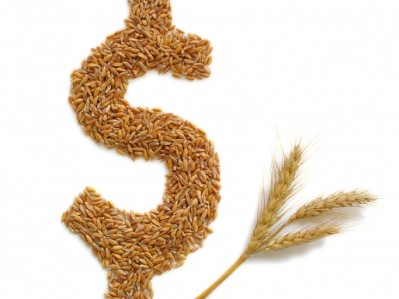COVID-19 once again on the agenda for global commodity markets

The impact of a falling crude oil market has a direct impact upon the oil content value of oilseed rape. Due to the use of rapeseed oil in biodiesel, there has been a very strong link between rapeseed oil, palm, soy and crude, noted the analysts in their latest oilseeds market outlook.
“Should the market fears about new variant persist leading to a sustained pressure on crude oil markets, then the vegetable oil complex will come under pressure. With a far higher oil content in oilseed rape than in soybeans, there is a larger downside risk for rapeseed.”
But the global risks to vegetable oil and oilseeds need not extend to meal, they said.
“In 2021, there has been a widening spread between meal and oil values, with vegetable oil markets elevated, meal has remained under pressure. With a declining oil market, the price split between meal and oil can return to long term average levels before meal values risk coming under pressure.”
La Niña threat
The analysts also stressed that the weather outlook over the coming months for both Brazil and Argentina will be key in terms of global soy availability.
With another period of La Niña ocean temperature oscillation in force, dryness will be closely watched, they noted.
In Brazil, so far, there has been adequate rainfall, providing confidence for soybean production, said the CRM Agri team.
However, in Argentina, concerns are persisting and Normalized Difference Vegetation Index (NDVI) scores are affected, falling below average as disappointing levels of rainfall have persisted.
With dry conditions in Argentina, yields are risked, as are river levels. “As the largest supplier of soymeal into Europe, there is a heavy reliance upon production in Argentina. With NDVI scores suffering and outlooks for below average river levels, meal prices are unlikely to come under sustained pressure.”
Meanwhile, the pace of US exports this season has continued to provide strong underlying demand for US soybeans with another strong week of exports, especially to China, noted the UK based oilseed market specialists.








